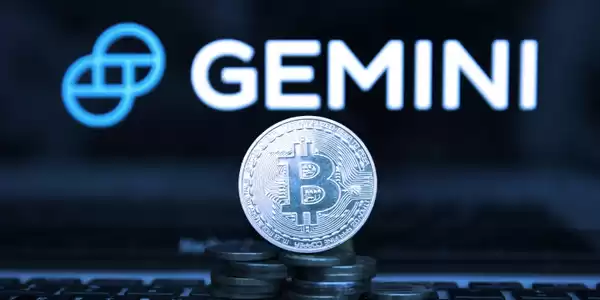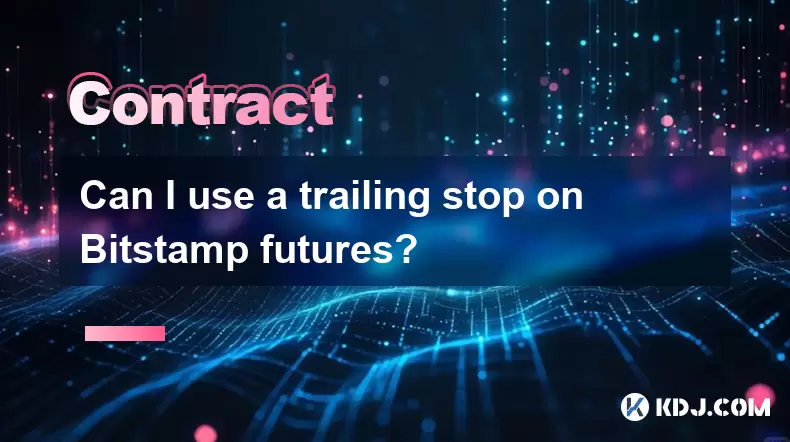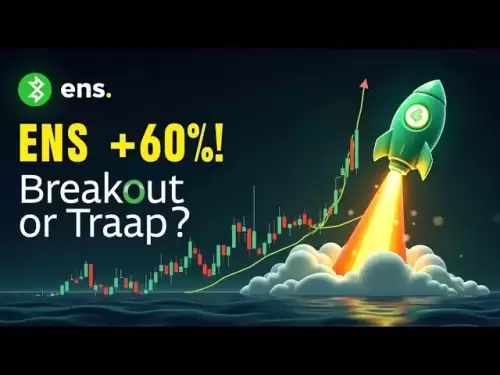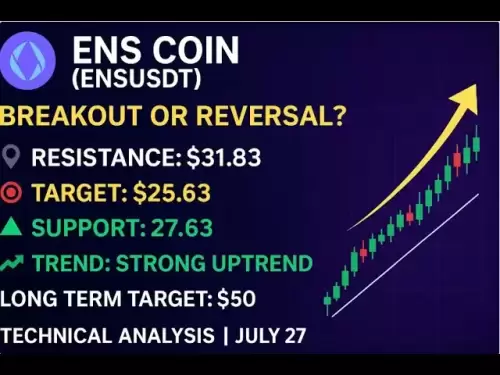-
 Bitcoin
Bitcoin $117900
0.31% -
 Ethereum
Ethereum $3766
0.28% -
 XRP
XRP $3.176
-0.31% -
 Tether USDt
Tether USDt $1.000
0.00% -
 BNB
BNB $795.6
1.51% -
 Solana
Solana $186.8
-1.09% -
 USDC
USDC $0.9999
-0.01% -
 Dogecoin
Dogecoin $0.2353
-1.33% -
 TRON
TRON $0.3226
1.49% -
 Cardano
Cardano $0.8172
-1.08% -
 Sui
Sui $4.178
3.06% -
 Hyperliquid
Hyperliquid $43.05
-3.39% -
 Stellar
Stellar $0.4367
-0.57% -
 Chainlink
Chainlink $18.62
1.47% -
 Hedera
Hedera $0.2828
6.63% -
 Bitcoin Cash
Bitcoin Cash $584.7
5.65% -
 Avalanche
Avalanche $24.81
2.53% -
 Litecoin
Litecoin $112.8
-0.88% -
 UNUS SED LEO
UNUS SED LEO $8.975
-0.08% -
 Shiba Inu
Shiba Inu $0.00001395
-1.07% -
 Toncoin
Toncoin $3.285
-1.05% -
 Ethena USDe
Ethena USDe $1.001
0.01% -
 Polkadot
Polkadot $4.123
0.76% -
 Uniswap
Uniswap $10.49
-0.18% -
 Monero
Monero $326.5
0.14% -
 Dai
Dai $0.9999
-0.02% -
 Bitget Token
Bitget Token $4.576
0.34% -
 Pepe
Pepe $0.00001247
-1.55% -
 Cronos
Cronos $0.1400
3.77% -
 Aave
Aave $295.1
-0.73%
What does Gemini leverage trading mean
Gemini leverage trading allows traders to amplify their trading capital and potentially reap greater profits by borrowing funds from the exchange in a controlled manner.
Nov 13, 2024 at 03:42 pm

What Does Gemini Leverage Trading Mean
Introduction
Gemini leverage trading is a financial mechanism offered by the Gemini cryptocurrency exchange that allows traders to increase their potential returns by borrowing funds to trade with. By employing leverage, traders can amplify their trading capital and potentially reap greater profits. However, it's important to understand the risks associated with leverage trading before engaging in this advanced trading strategy.
Understanding Leverage
- Leverage is a tool that enables traders to control a larger amount of capital than they physically possess.
- It's expressed as a ratio, such as 2x, 5x, or 10x. A 2x leverage ratio means that for every $1 of capital you have, you can control $2 worth of assets.
- Leverage magnifies both the potential profits and losses in proportion to the leverage ratio.
How Gemini Leverage Trading Works
To engage in leverage trading on Gemini, traders must meet certain eligibility requirements and activate the feature on their account. Once activated, traders can select the leverage ratio they wish to use and borrow funds from Gemini to amplify their trading capital.
Example of Gemini Leverage Trading
- Suppose you have $1,000 in your Gemini account and decide to trade Bitcoin (BTC) with a 2x leverage ratio.
- Gemini will lend you an additional $1,000, effectively increasing your trading capital to $2,000.
- If BTC rises in price by 5%, your $2,000 position will yield $100 in profit. However, if BTC falls by 5%, your $2,000 position will result in a $100 loss.
Benefits of Gemini Leverage Trading
- Increased profit potential: Leverage can magnify profits, allowing traders to potentially earn higher returns on their capital.
- Access to larger trades: With leverage, traders can control a larger amount of assets, enabling them to participate in larger trades.
- Hedging: Some traders use leverage to hedge their positions, reducing their overall risk exposure.
Risks of Gemini Leverage Trading
- Increased losses: Leverage amplifies both profits and losses. If the market moves against your position, you could lose more money than your initial investment.
- Margin calls: When your losses exceed a certain threshold, Gemini may issue a margin call, requiring you to deposit additional funds or close your leveraged position.
- Emotional trading: Leverage can lead to emotional trading decisions, as traders may be tempted to hold onto losing positions or chase after risky trades.
Steps to Leverage Trade on Gemini
- Meet eligibility requirements: Verify your identity and complete the necessary documentation to activate leverage trading on your Gemini account.
- Activate leverage: Navigate to the account settings and enable leverage trading. Select the desired leverage ratio for each asset you wish to trade.
- Fund your account: Deposit funds into your Gemini account using supported payment methods. Leverage trading requires sufficient funds to cover both your initial investment and any potential losses.
- Choose a trading pair: Select the cryptocurrency pair you wish to trade, taking into account market conditions and your trading strategy.
- Place a leveraged order: Specify the order type (e.g., market order, limit order), the desired leverage ratio, and the order quantity. Review the order details before submitting it.
- Monitor your position: Regularly check your open positions, especially when trading with leverage. Adjust your strategy or close the position as needed to manage your risk exposure.
- Close your leveraged position: When you're ready to exit the trade, close your leveraged position by submitting an opposite order (e.g., sell order for a long position, buy order for a short position).
Conclusion
Gemini leverage trading is a powerful tool that can enhance the potential returns of experienced traders. However, it's crucial to fully understand the risks involved and to mitigate them through proper risk management strategies. By carefully weighing the benefits and risks and adhering to best practices, traders can harness the power of leverage to maximize their trading opportunities while minimizing potential losses.
Disclaimer:info@kdj.com
The information provided is not trading advice. kdj.com does not assume any responsibility for any investments made based on the information provided in this article. Cryptocurrencies are highly volatile and it is highly recommended that you invest with caution after thorough research!
If you believe that the content used on this website infringes your copyright, please contact us immediately (info@kdj.com) and we will delete it promptly.
- Crypto ETFs and Altcoins: Navigating the Wild West with Meme Coins and Tokenized Assets
- 2025-07-27 23:04:06
- Pi Coin in 2026: Will It Be Worth the Wait?
- 2025-07-27 23:10:12
- Dogecoin Price Prediction: Bullish W Pattern Sparks Hope for $1 DOGE
- 2025-07-27 23:15:21
- Bitcoin Price, Portfolio Growth, and the Remittix Alternative: Navigating the Crypto Landscape
- 2025-07-27 23:04:06
- Cryptos to Watch in 2025: Punisher Coin, Chainlink, and the Altcoin Arena
- 2025-07-27 18:30:13
- Bitcoin, Altcoins, Rebound: Navigating the Crypto Comeback Trail
- 2025-07-27 18:30:13
Related knowledge

Why is my Bitstamp futures position being liquidated?
Jul 23,2025 at 11:08am
Understanding Futures Liquidation on BitstampFutures trading on Bitstamp involves borrowing funds to open leveraged positions, which amplifies both po...

Does Bitstamp offer inverse contracts?
Jul 23,2025 at 01:28pm
Understanding Inverse Contracts in Cryptocurrency TradingIn the realm of cryptocurrency derivatives, inverse contracts are a specific type of futures ...

What is the difference between futures and perpetuals on Bitstamp?
Jul 27,2025 at 05:08am
Understanding Futures Contracts on BitstampFutures contracts on Bitstamp are financial derivatives that allow traders to speculate on the future price...

How to find your Bitstamp futures trade history?
Jul 23,2025 at 08:07am
Understanding Bitstamp and Futures Trading AvailabilityAs of the current state of Bitstamp’s service offerings, it is critical to clarify that Bitstam...

Can I use a trailing stop on Bitstamp futures?
Jul 23,2025 at 01:42pm
Understanding Trailing Stops in Cryptocurrency TradingA trailing stop is a dynamic type of stop-loss order that adjusts automatically as the price of ...

Can I use a trailing stop on Bitstamp futures?
Jul 25,2025 at 02:28am
Understanding Trailing Stops in Cryptocurrency Futures TradingA trailing stop is a dynamic type of stop-loss order that adjusts automatically as the m...

Why is my Bitstamp futures position being liquidated?
Jul 23,2025 at 11:08am
Understanding Futures Liquidation on BitstampFutures trading on Bitstamp involves borrowing funds to open leveraged positions, which amplifies both po...

Does Bitstamp offer inverse contracts?
Jul 23,2025 at 01:28pm
Understanding Inverse Contracts in Cryptocurrency TradingIn the realm of cryptocurrency derivatives, inverse contracts are a specific type of futures ...

What is the difference between futures and perpetuals on Bitstamp?
Jul 27,2025 at 05:08am
Understanding Futures Contracts on BitstampFutures contracts on Bitstamp are financial derivatives that allow traders to speculate on the future price...

How to find your Bitstamp futures trade history?
Jul 23,2025 at 08:07am
Understanding Bitstamp and Futures Trading AvailabilityAs of the current state of Bitstamp’s service offerings, it is critical to clarify that Bitstam...

Can I use a trailing stop on Bitstamp futures?
Jul 23,2025 at 01:42pm
Understanding Trailing Stops in Cryptocurrency TradingA trailing stop is a dynamic type of stop-loss order that adjusts automatically as the price of ...

Can I use a trailing stop on Bitstamp futures?
Jul 25,2025 at 02:28am
Understanding Trailing Stops in Cryptocurrency Futures TradingA trailing stop is a dynamic type of stop-loss order that adjusts automatically as the m...
See all articles

























































































